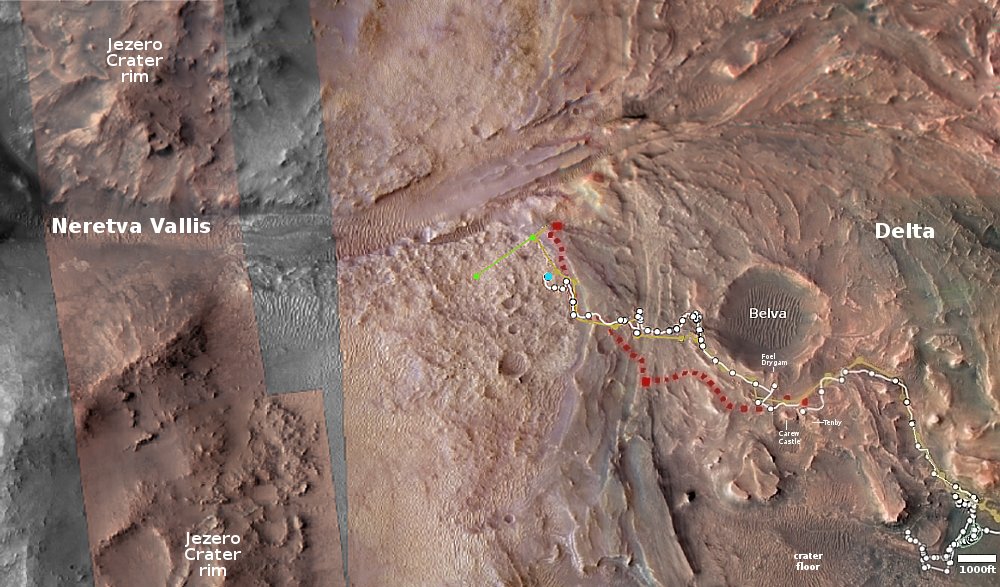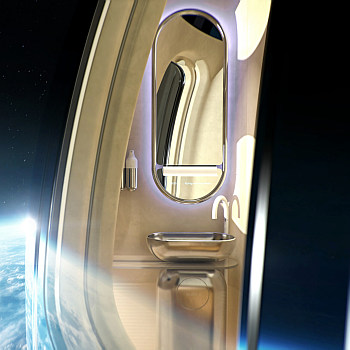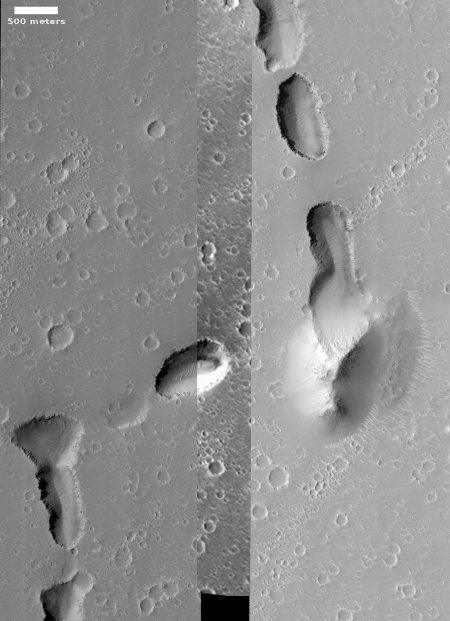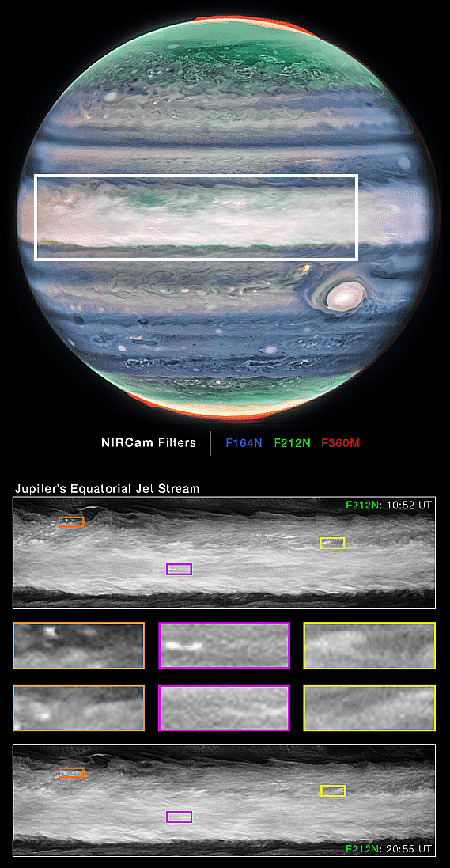India releases on-board camera views during its Gaganyaan launch abort test
India’s space agency ISRO today released the on-board camera views taken during its Gaganyaan launch abort test on October 21, 2023.
The test was a complete success, and the footage shows each step clearly, from launch to stage separation to deployment of parachutes.
ISRO is still targeting 2024 for the first manned Gaganyaan mission, which will carry two to three astronauts into orbit for three to seven days. To meet that target however will require a lot of fast work, as the agency intends to fly three separate unmanned orbital missions of the Gaganyaan capsule prior to putting humans in it. More likely the manned mission will happen in 2025.
India’s space agency ISRO today released the on-board camera views taken during its Gaganyaan launch abort test on October 21, 2023.
The test was a complete success, and the footage shows each step clearly, from launch to stage separation to deployment of parachutes.
ISRO is still targeting 2024 for the first manned Gaganyaan mission, which will carry two to three astronauts into orbit for three to seven days. To meet that target however will require a lot of fast work, as the agency intends to fly three separate unmanned orbital missions of the Gaganyaan capsule prior to putting humans in it. More likely the manned mission will happen in 2025.






